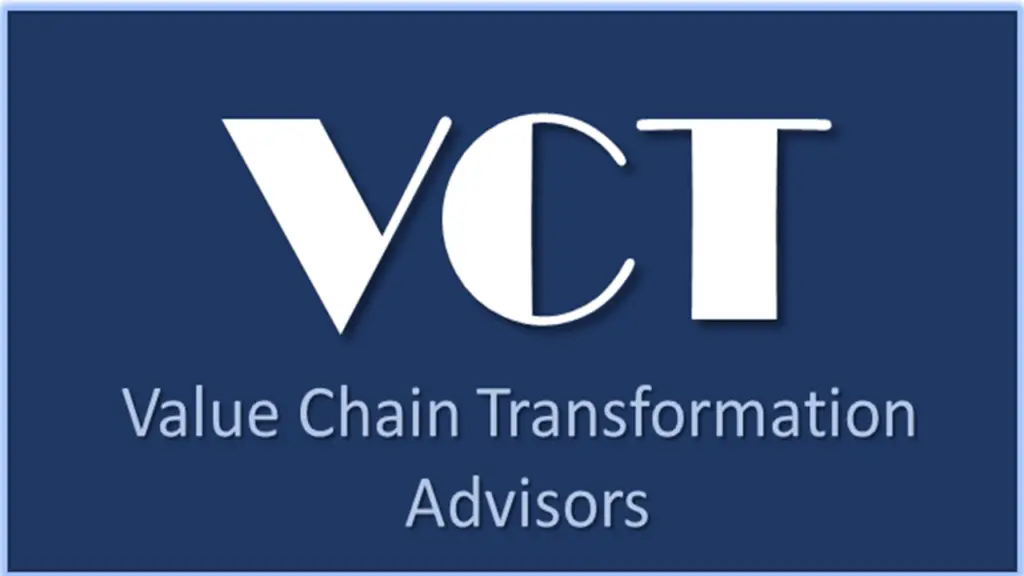by Geoffroy de Carbonnel

As product supply chains become increasingly more complex and more global, industry leaders have recognized the need to manage their supply chains as a strategic asset — one that can deliver significant competitive advantage. Now service supply chain executives are looking for ways to tap into an equally compelling competitive advantage with their MRO (maintenance, repair and operations) and aftermarket parts supply chains. As shown in the chart below, the payoff in service supply chains from that competitive advantage can make a significant impact on the bottom line. Superior service levels, reduced inventory investment, and lower operating costs are just some of the proven results.
Increasingly Complex Service Supply Chains
Service supply chains are subject to many of the same challenges product supply chains have faced, and they will likely see increased complexity in the near term. Service supply chains also need to contend with several emerging trends:
- An increased focus on repairability of not just capital assets, but also consumer products
- Re-use centric business models and Extended Producer Responsibility regulations
- Evolving product technologies such as shifts to electric vehicles and new materials
- Game-changing production technologies such as additive manufacturing
All these trends are pushing service supply chains to the forefront, rivaling product supply chains as a source of competitive advantage for an increasing number of businesses. The ability to rapidly respond to supply and demand disruptions, and adapt to changing operational, product, and customer ecosystems are increasingly the basis for competition.
The Need for Innovative New Approaches
Over the last few years, supply chain planning solution providers have invested heavily to support the needs of product supply chain leaders. As service supply chains rise to meet new challenges these new capabilities are becoming increasingly relevant:
- The use of artificial intelligence (AI) and machine learning (ML) to provide better insights and automation in an ever-changing environment
- Demand Sensing that takes advantage of point-of-use (e.g. IoT) information
- A focus on autonomous planning to present options for decision rather than just visibility to data, and free valuable planning resources for higher impact activities
- Merging tactical execution through S&OP and long-term planning capabilities into single continuous planning platform
It’s become painfully clear that spreadsheets and other outdated solutions can’t keep up with the increasingly complex service environment. More autonomous collaborative approaches that leverage multi-enterprise visibility, supply chain digital twins, and AI and ML are required. AI accelerates planning cycles to enable continuous planning from near real-time updates. In fact, Gartner predicts that “through 2024, 50% of supply chain organizations will invest in applications that support artificial intelligence and advance analytics capabilities.”
A Proven Competitive Advantage for a More Dynamic World
Service supply chain planning solution providers will be increasingly important partners in what promises to be a much more dynamic MRO environment. Providers of traditional service supply chain planning solutions have not invested to the same extent as product supply chain planning solutions to evolve their capabilities to meet today’s needs – let alone tomorrow’s challenges. You need a highly scalable cloud-based solution that can plan tens of millions of parts by location at record speed, and continuously and flexibly adapt to an evolving requirements.
As service supply chain executives plan for new business models and service paradigms, it’s key to seek a technology partner with demonstrated success tackling the unique challenges of MRO and service supply chain planning. Imagine using new demand or market signals as well as IoT data for demand sensing, forecasting and replenishment, gaining more accurate visibility, better decision-making, and greater customer service. Better yet, leveraging predictive analytics to dynamically forecast based on attributes like attach rates or mean time to failure (MTTF). Our work with GAINS customers like GE Power, Bell Flight and Textron Aviation has delivered competitive advantages from these techniques and more.
The right technology partner with the vision, investment, and commitment to provide the foundation for the supply chains of the future will set your supply chain up for success. Learn how industry leaders are already finding the competitive advantage in their service supply chain with our new eBook — 5 Steps to Level Up Your Service Parts Supply Chain Performance.



